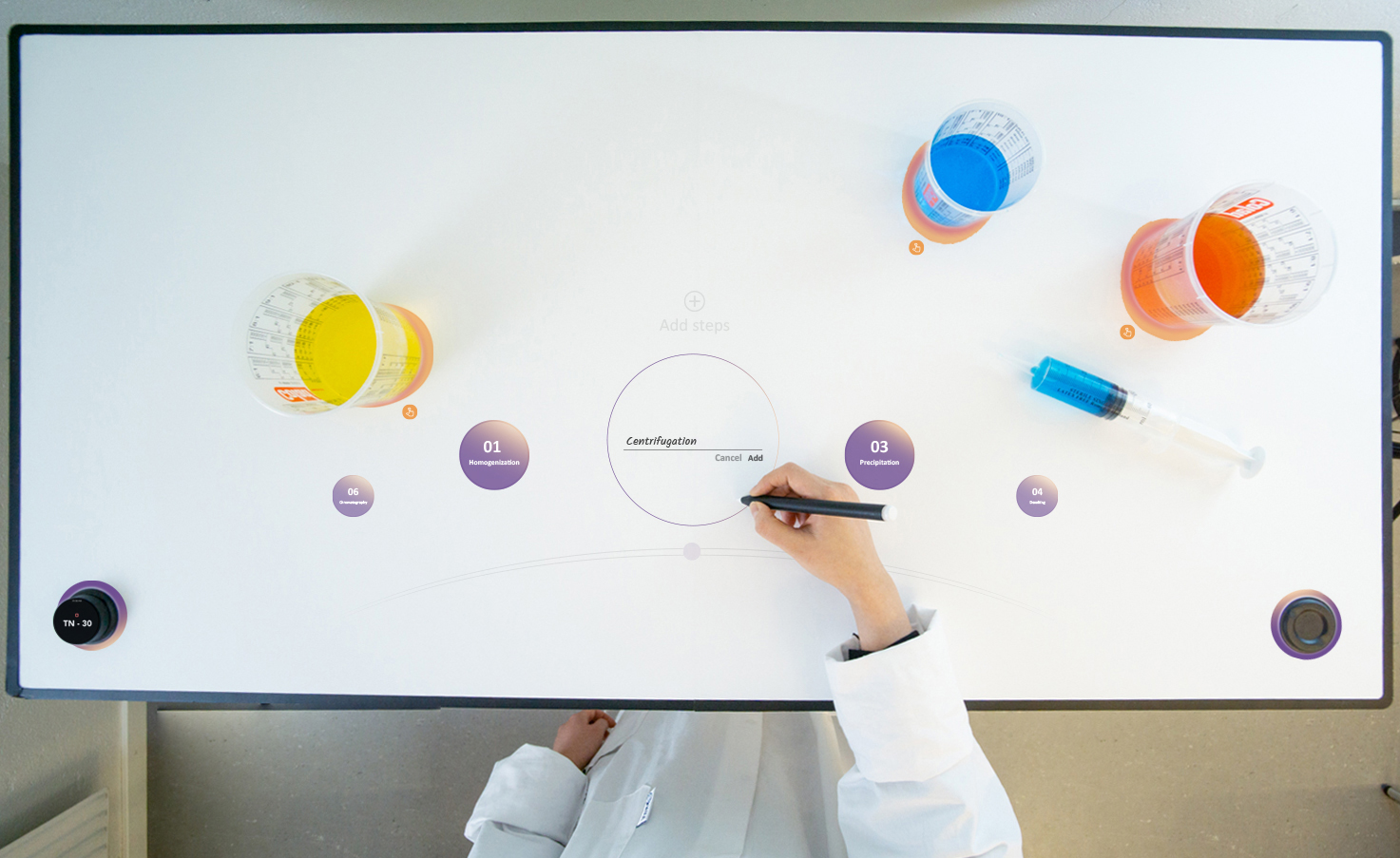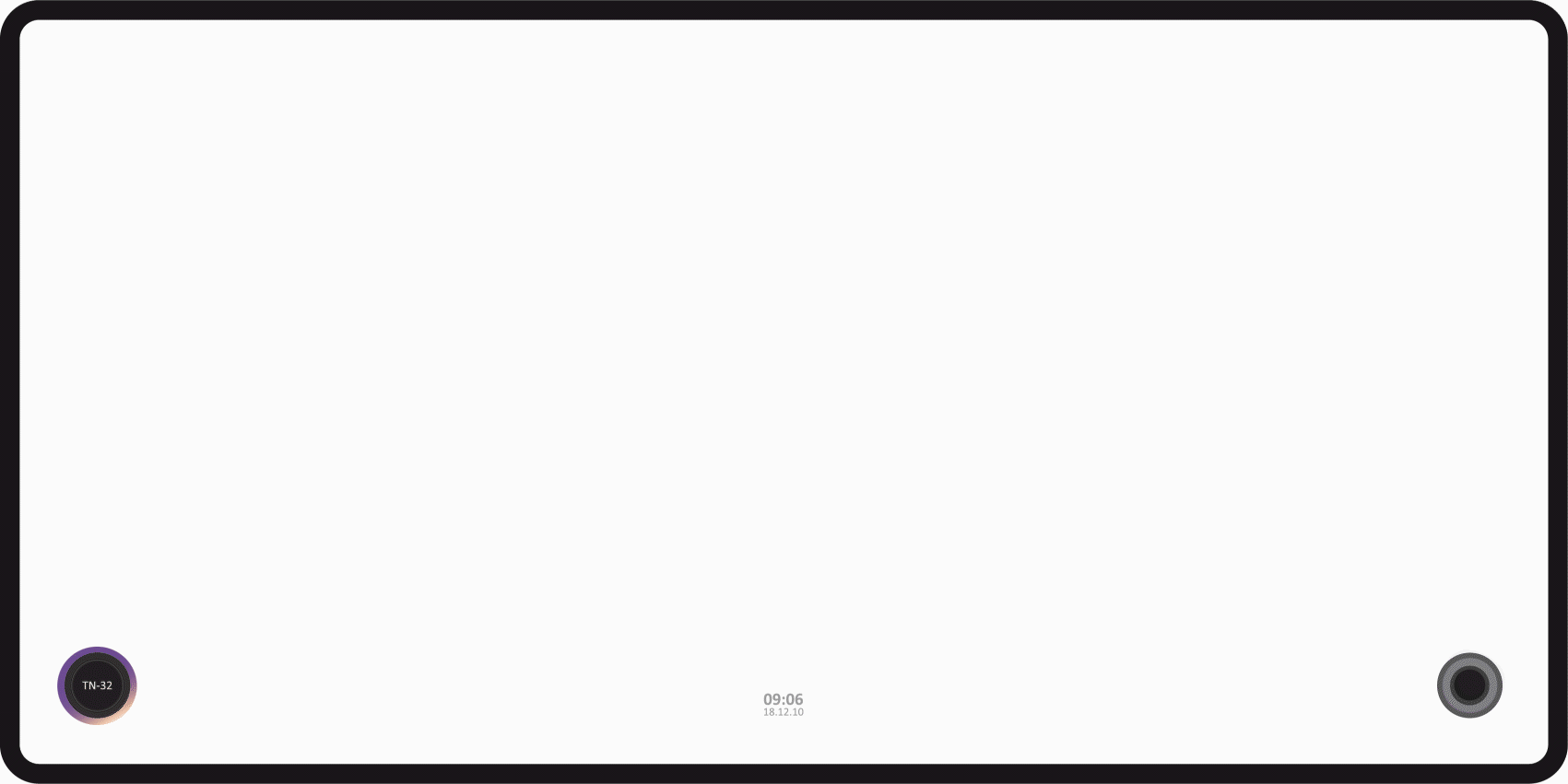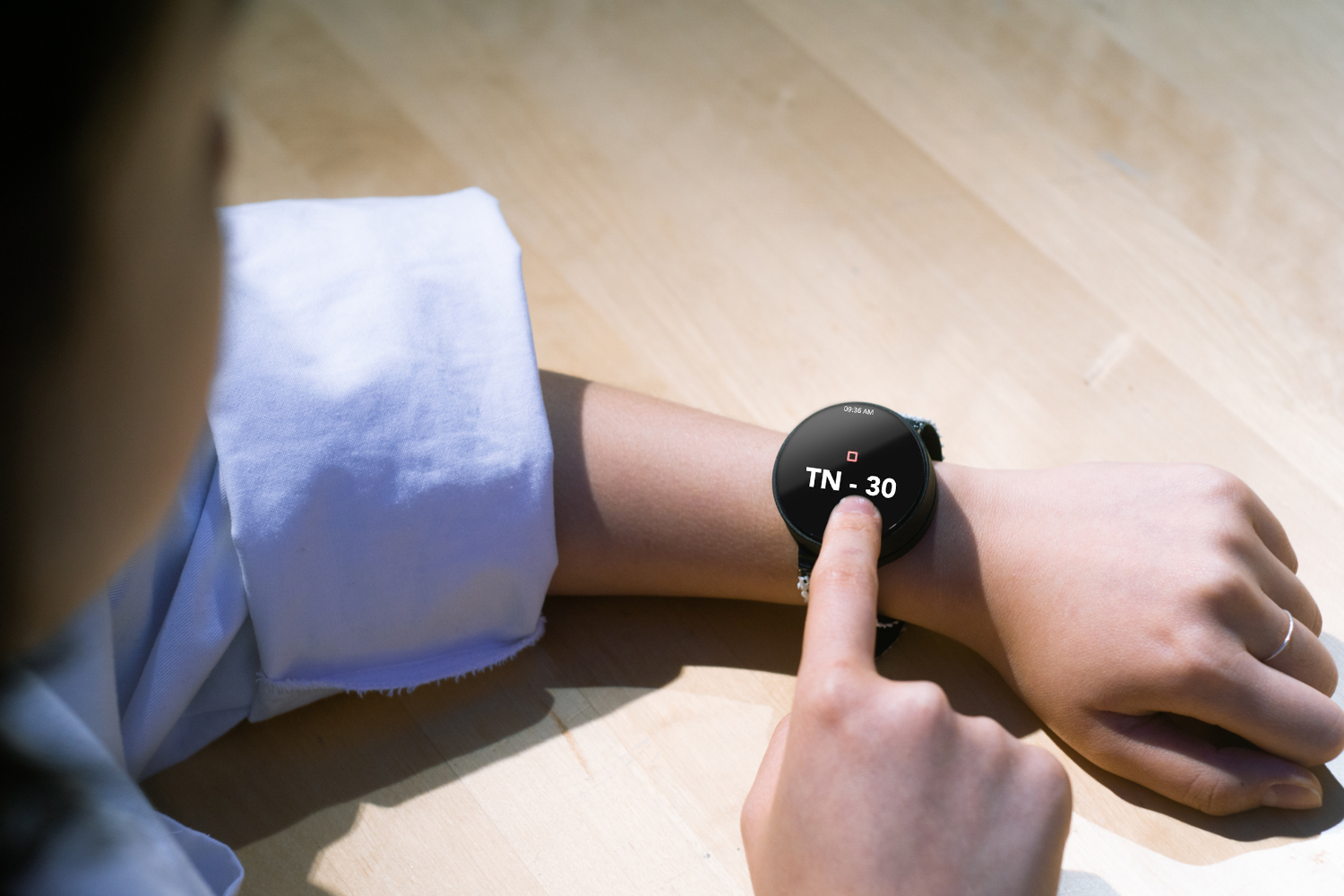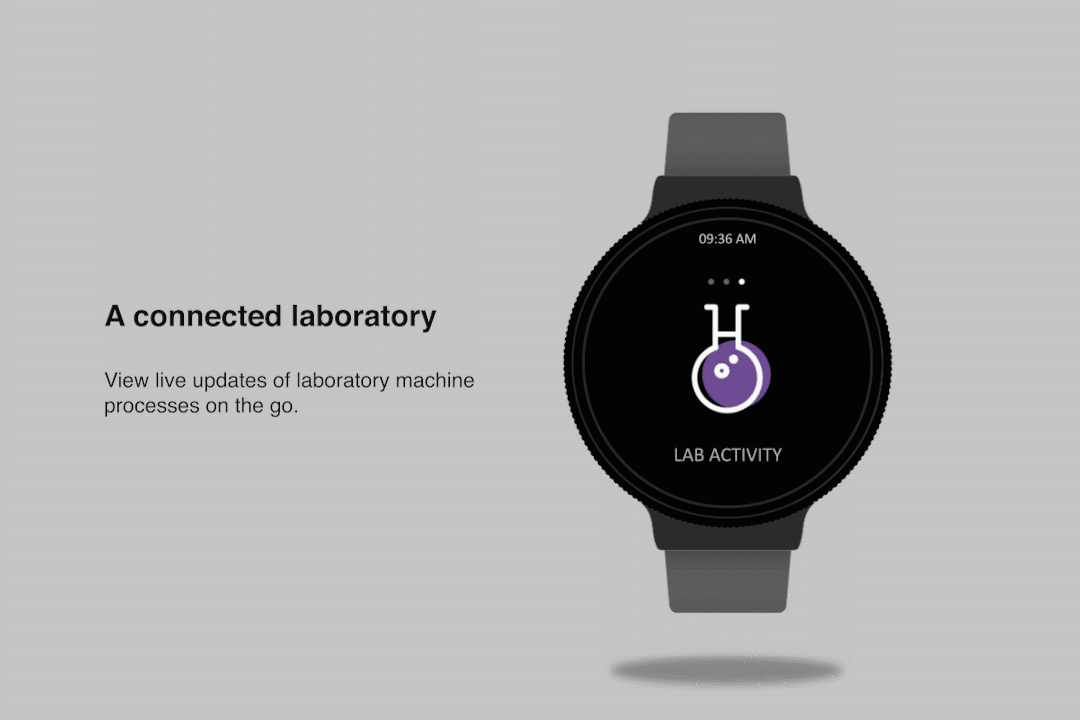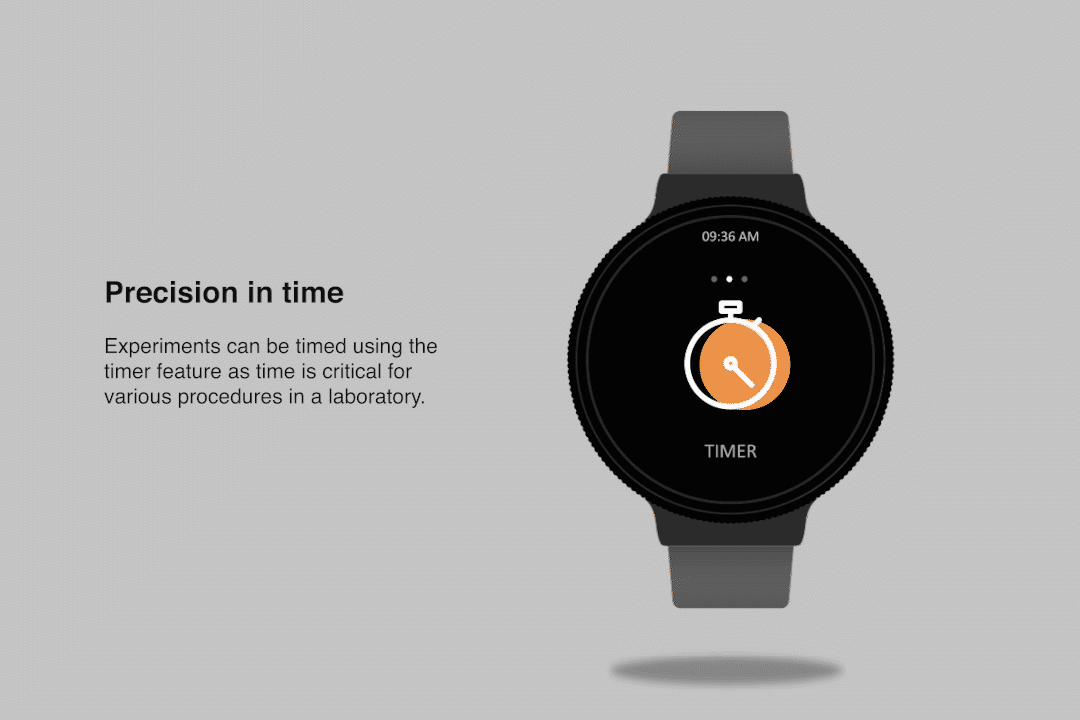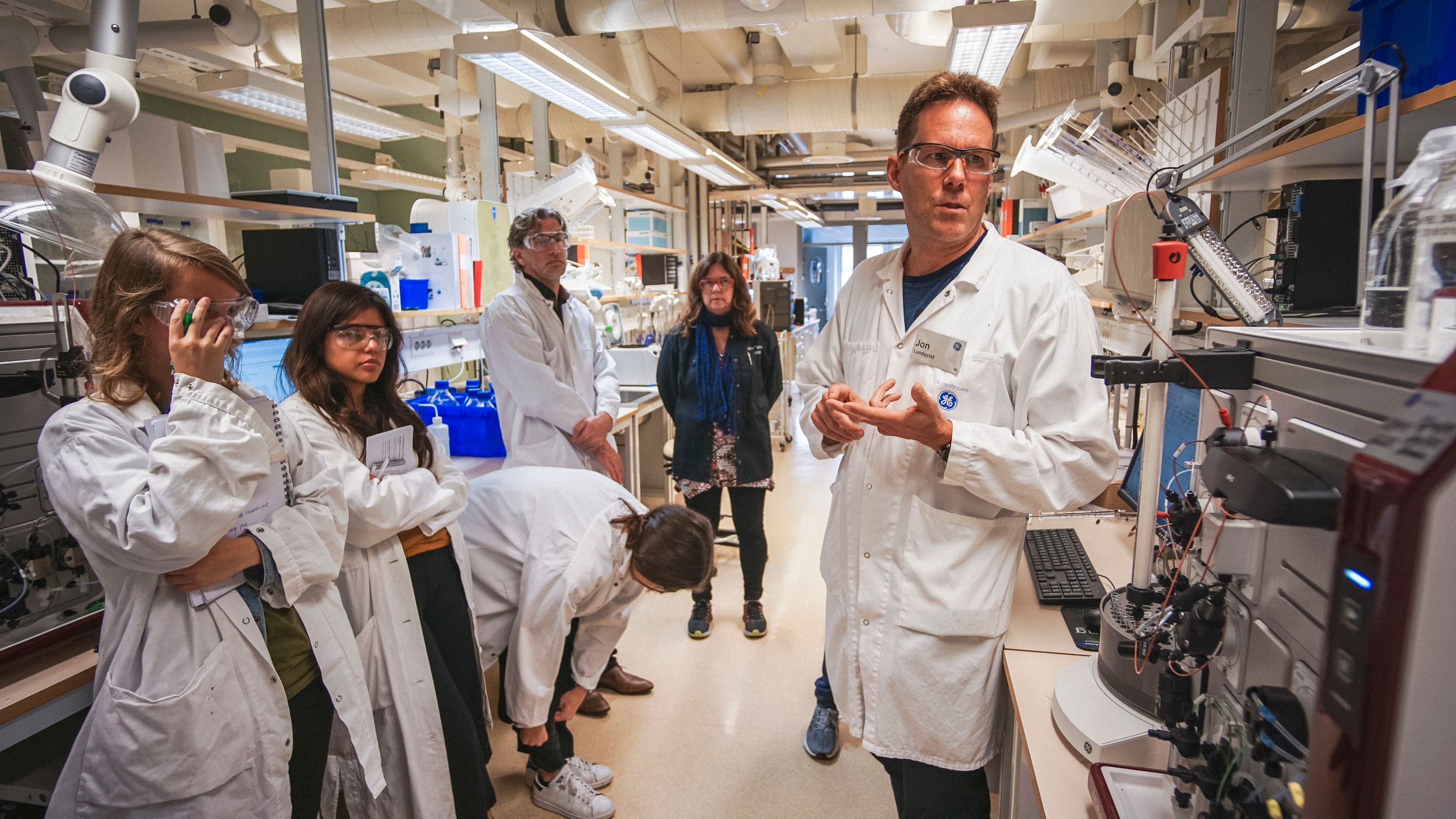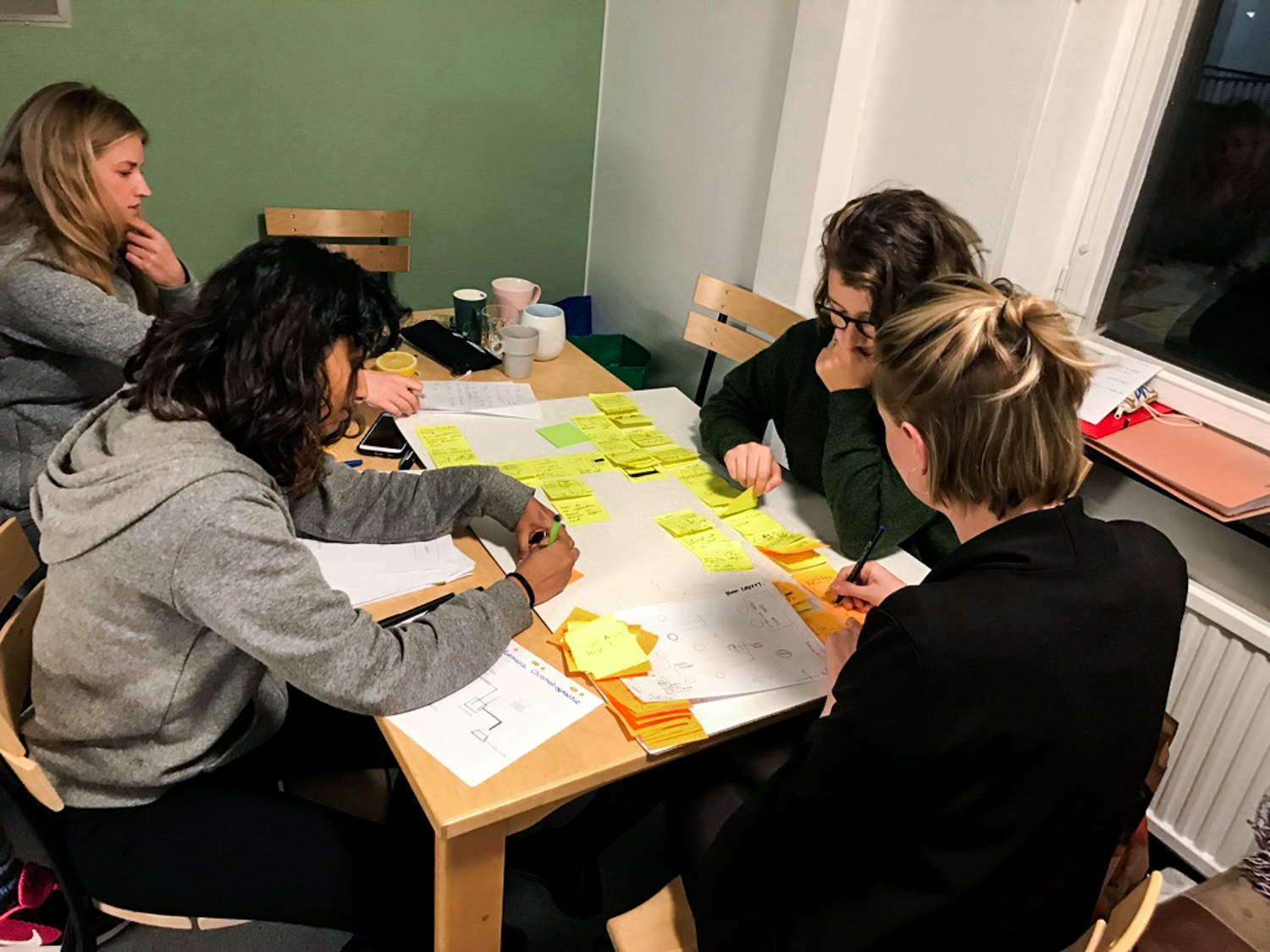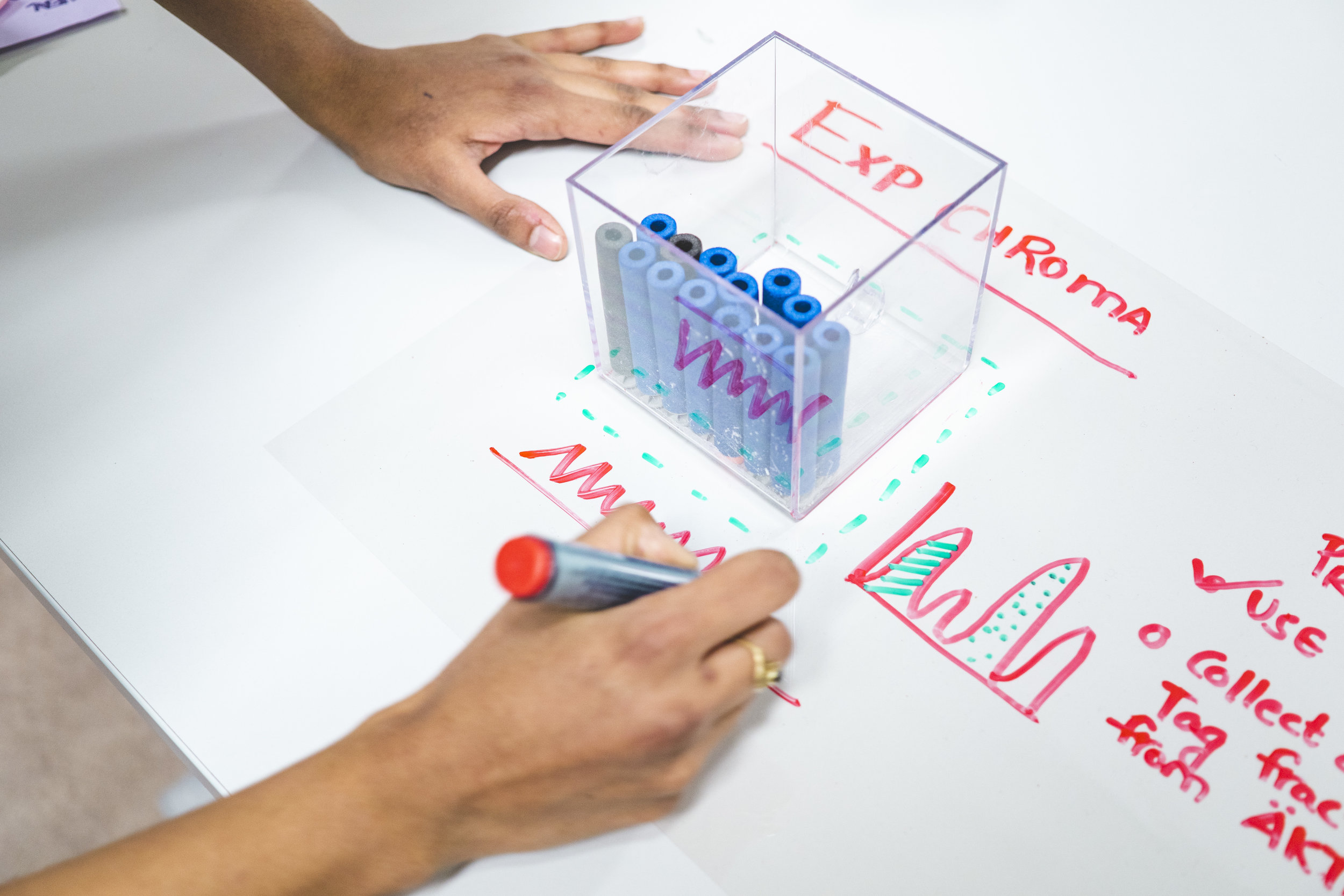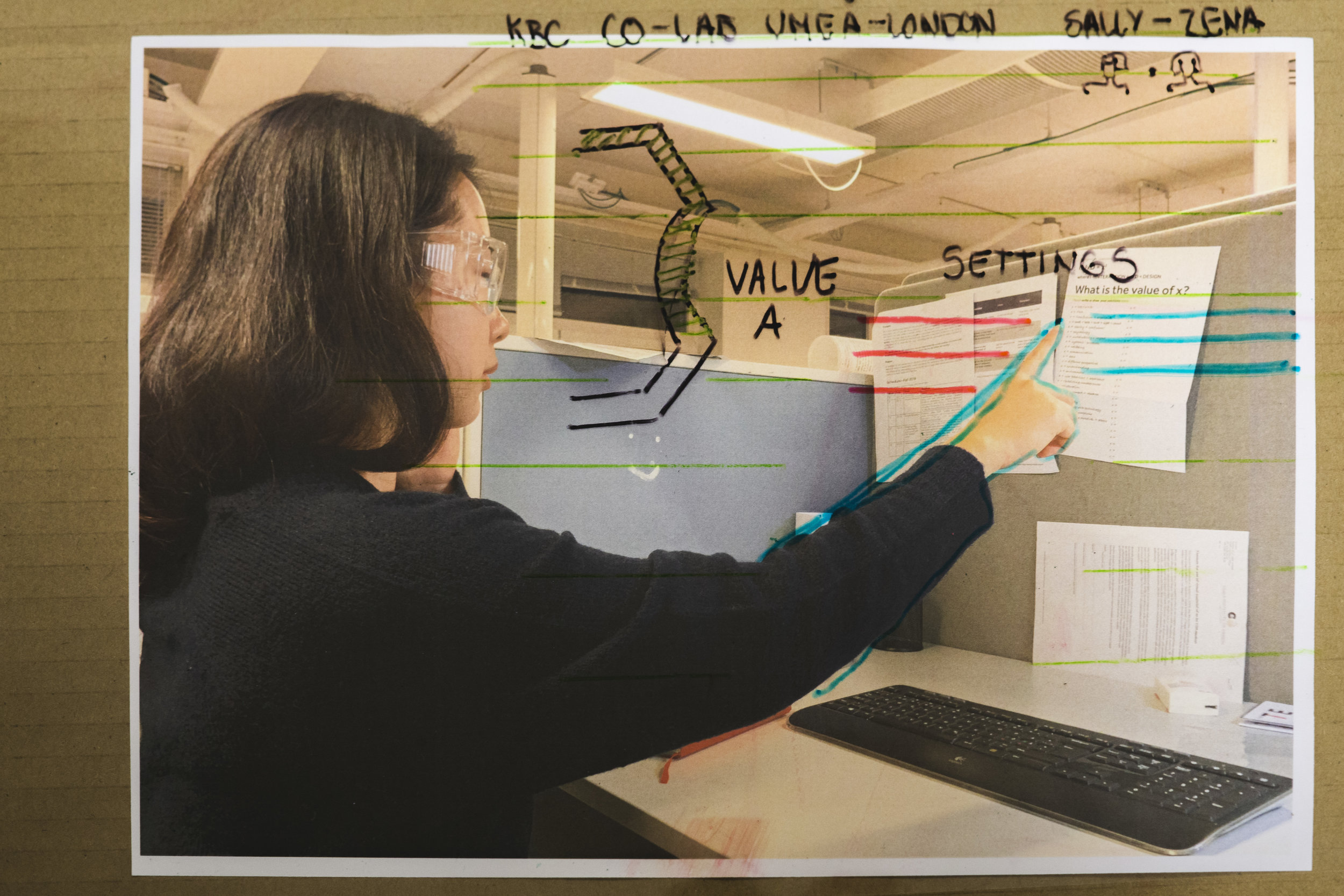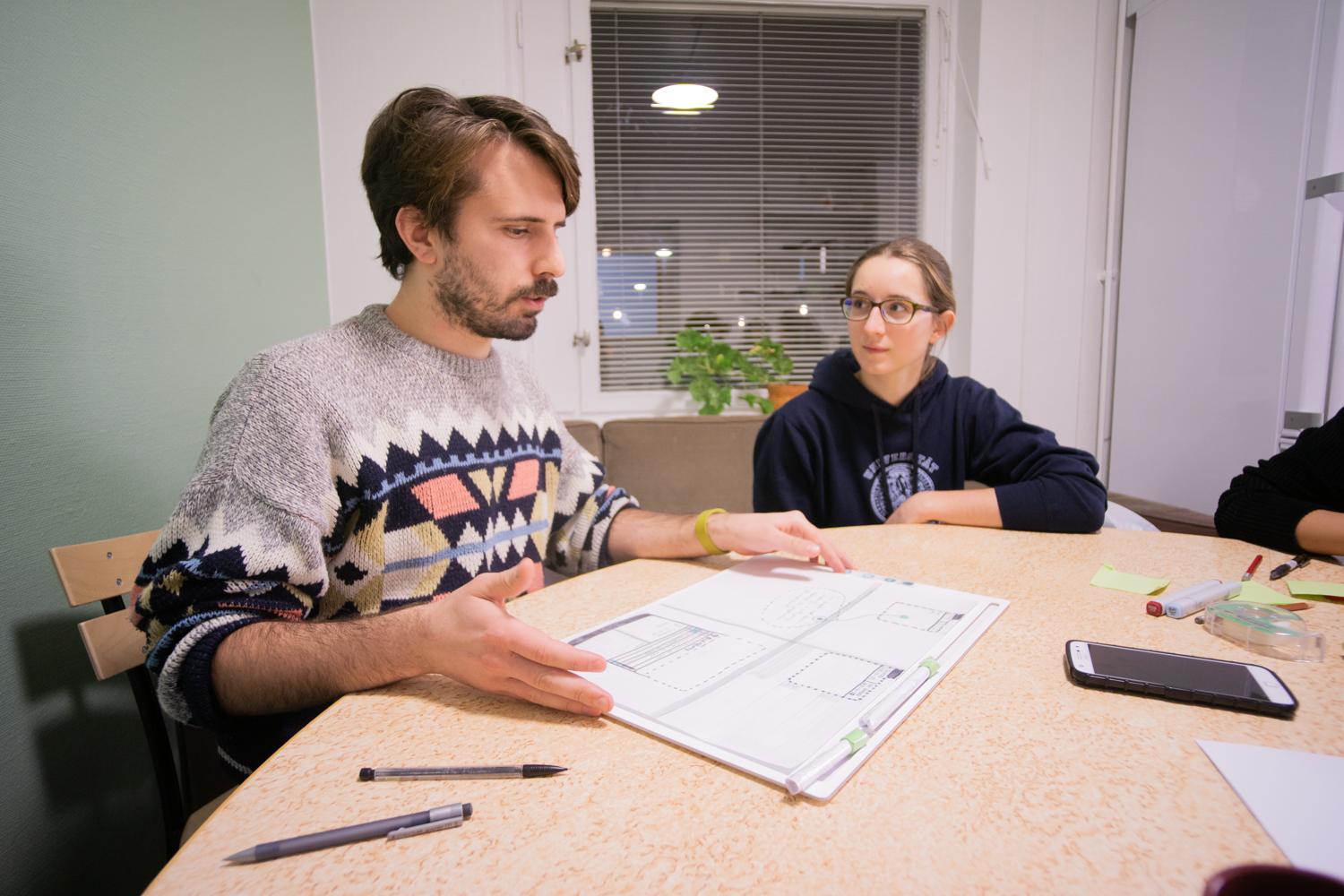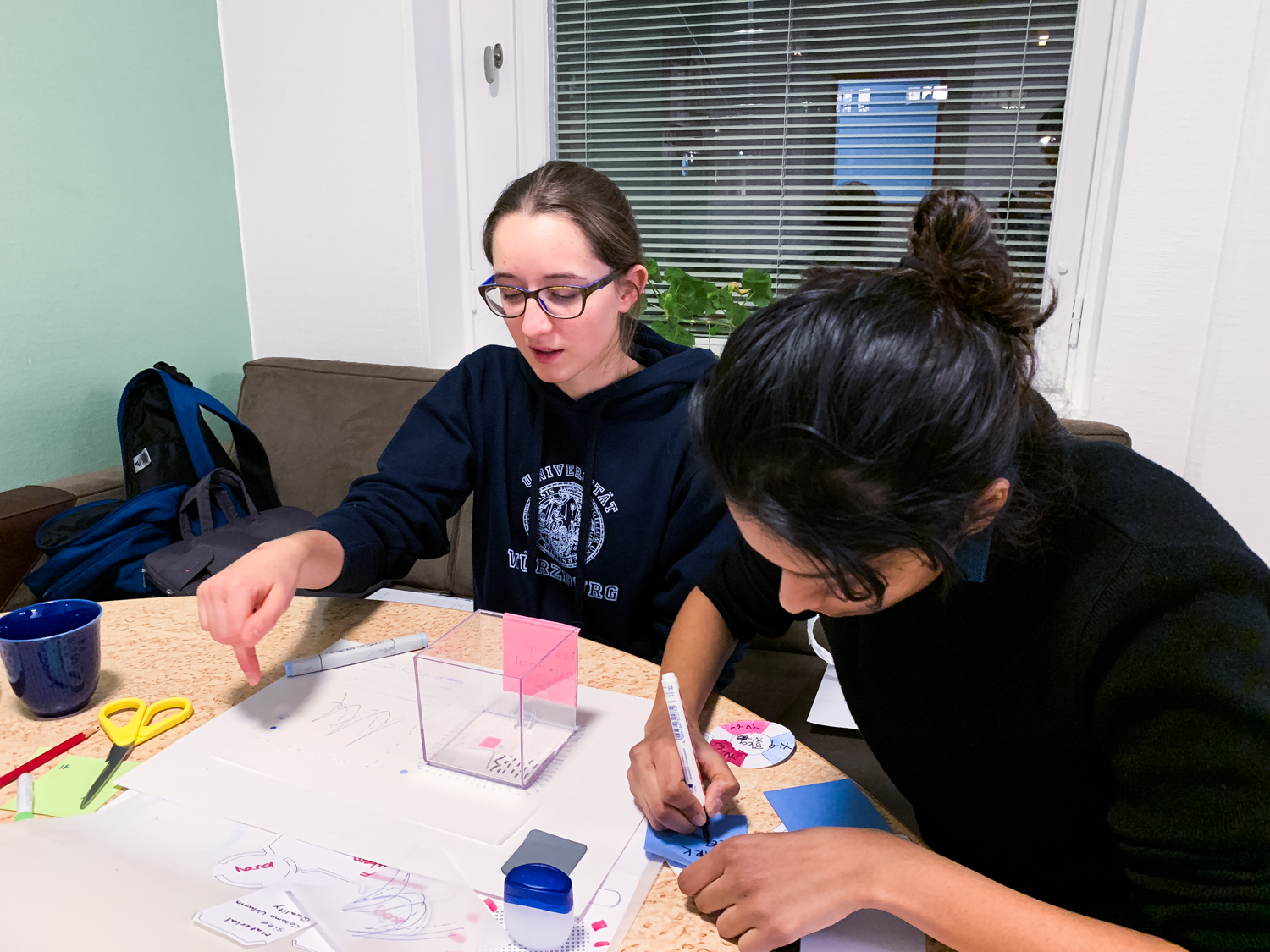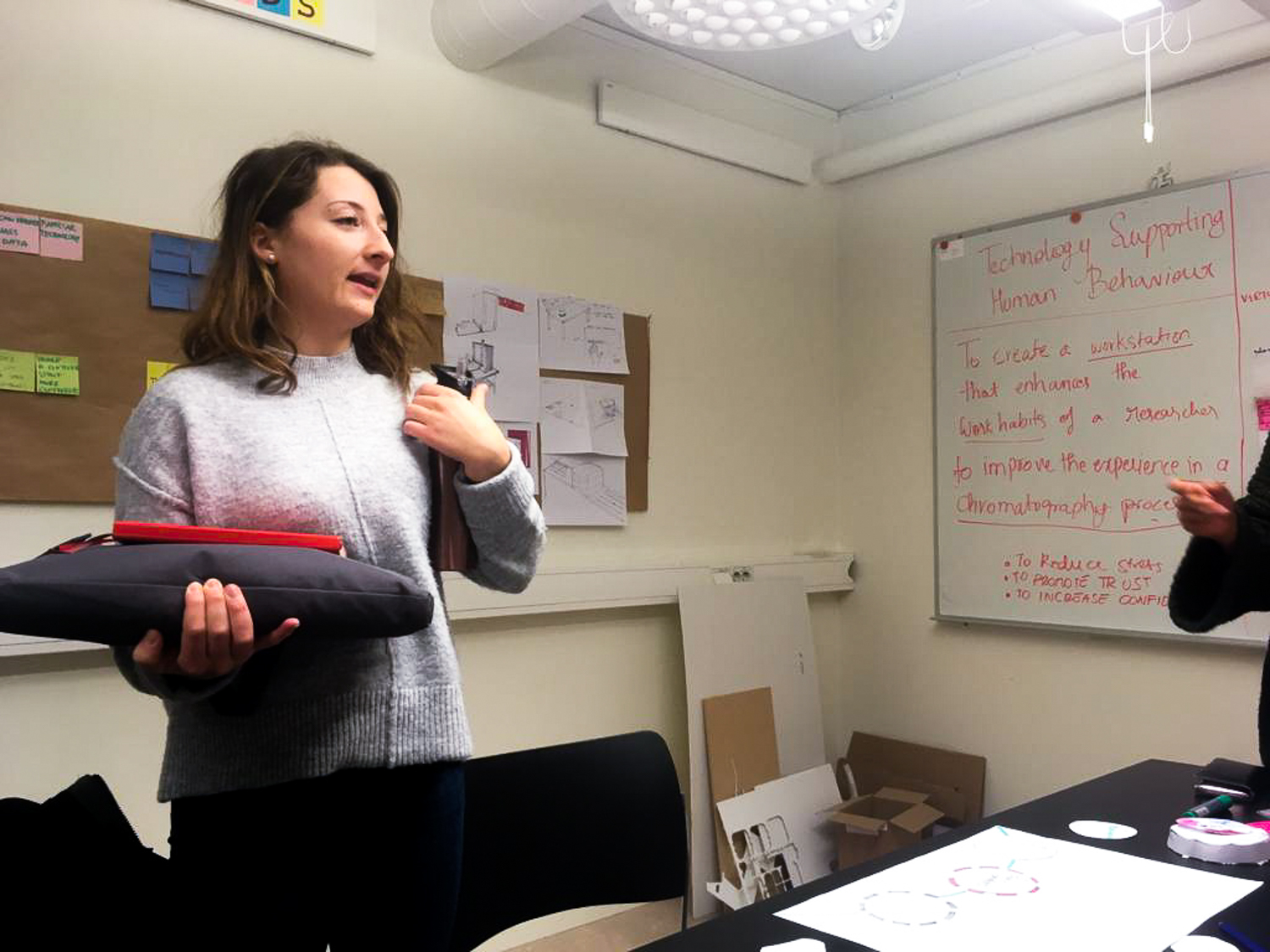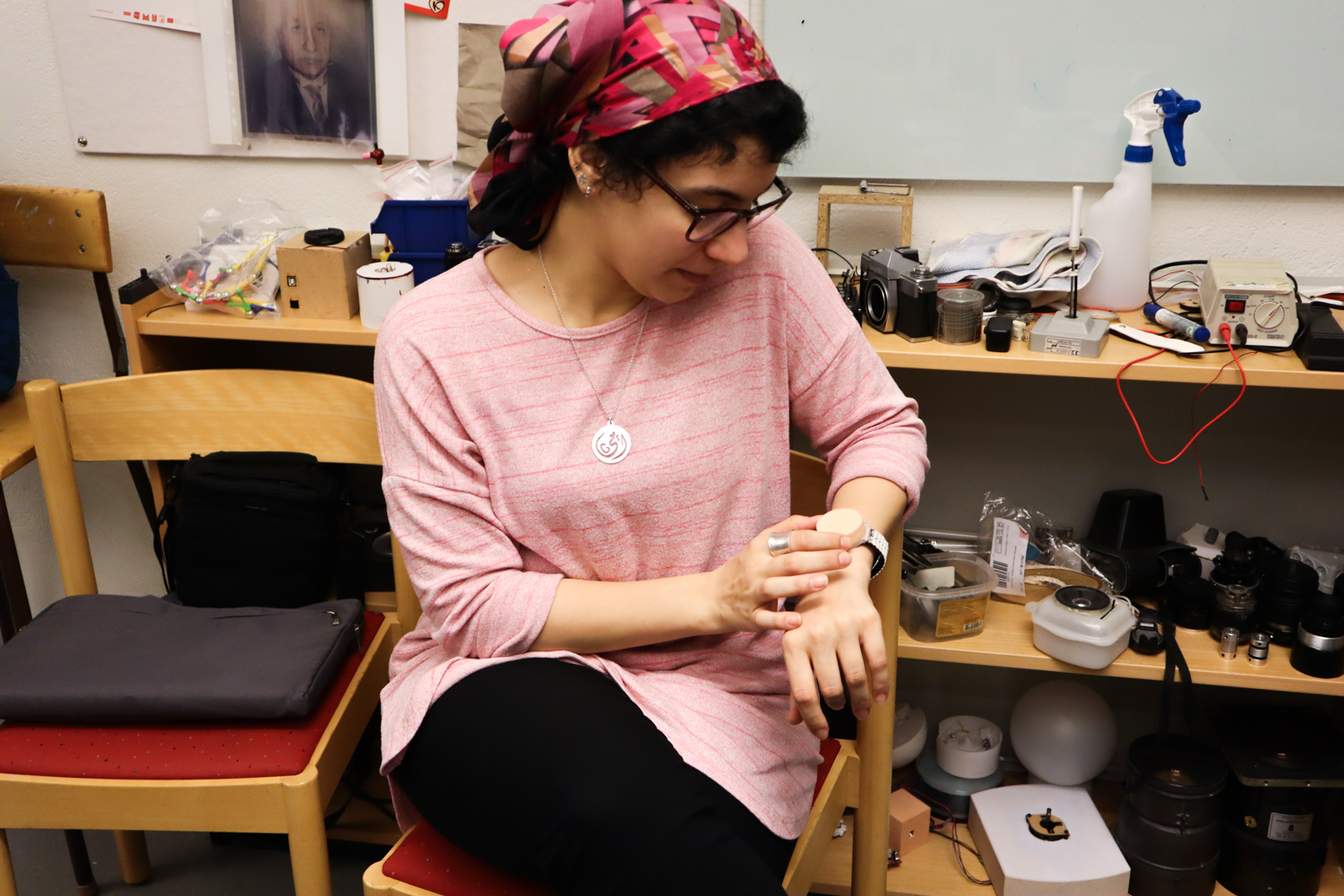ROSETTA
THE CHALLENGE
‘Rosetta’ was created during a 10 week collaboration with GE Healthcare during the professional product development course. The brief handed to us is as folows; ‘To design and develop a system interface proposal that shows a future vision and alternative ways of user interaction with chromatography system(s) in protein purification process.
Chromatography is the process of protein purification. During this project we had to study the system of the Äkta Pure devices to find gaps in the design.
THE OUTCOME
The seamless integration of a lab researchers work environment and behaviour to map out and collect their knowledge in the context of using a chromatography device.
COURSE
Professional Product Development ( 10 Weeks), Umeå Institute of Design, Sweden, 2018
TEAM
Nancy Valerdi, Paolo Camerin, Se Hyoun Eom Zena Corda.
ROLE
Concept development, Experience Design, Graphic Design, Wire frames, User-flows for the smart table.
Rosetta supports the human behaviour of a researcher and enhances their work experience. It is a concept with the combination of a wearable device and a smart workstation.
For a researcher the information and insights they gather through their research process is of most value to them. They use these insights in publications and scientific journals which are prestigious their profession.
The value in a researchers work is the knowledge they acquire and share through their published work.
Our focus was towards creating a workstation that enhances the work habits of a lab researcher in the chromatography process to improve their experience through seamless integration of a lab researchers work and environment
CONCEPT VALUE AND FOCUS AREAS
1. ENHANCING THEIR NATURAL HABITS
Using their natural habits of writing notes and talking out loud to remember various steps.
3. INTEGRATING THE ENVIRONMENT
As the laboratory environment is a working system on its own, the concept had to fit within the laboratory system, connecting each other. eg a system with connected devices.
2. PORTABILITY
They move around different spaces in a lab to access various equipment.
4. REDUCING THE WORKSPACE FOOTPRINT
Reducing the physical clutter of carrying equipments were needed but also the massive data clutter had to be cut down into a simpler form.
VISUALISING THE RESEARCH PROCESS
As established earlier a researcher spends a great amount of time compiling their observations and procedures. This information is used by them to develop further discoveries or publish them in journals.
The smart workstation is an E-ink smart workstation designed to help researchers map out their experiments in to smaller steps in a more visual manner. They can tag a the objects in use which will also be recorded in this visual format of a scientific journal.
A CONNECTED LABORATORY WITH SMART OBJECTS
ENHANCING THEIR NATURAL BEHAVIOURS
Researchers spend a lot of time taking notes every step of the way. The smart workstation lets users use their ability of writing with the integrated pencil. The handwritten notes on the surface are transcribed it into a digital format which can be categorised by the user.
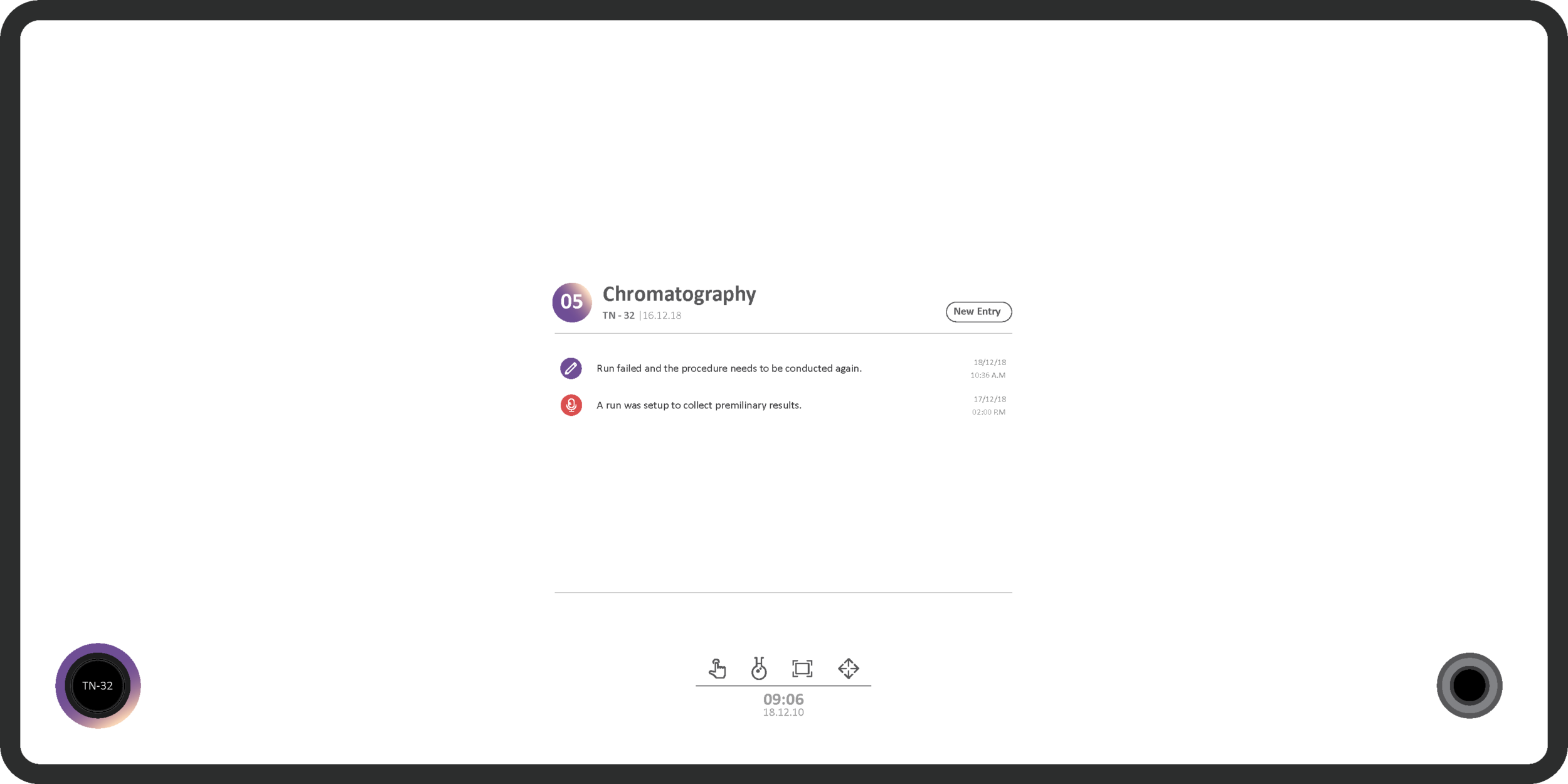
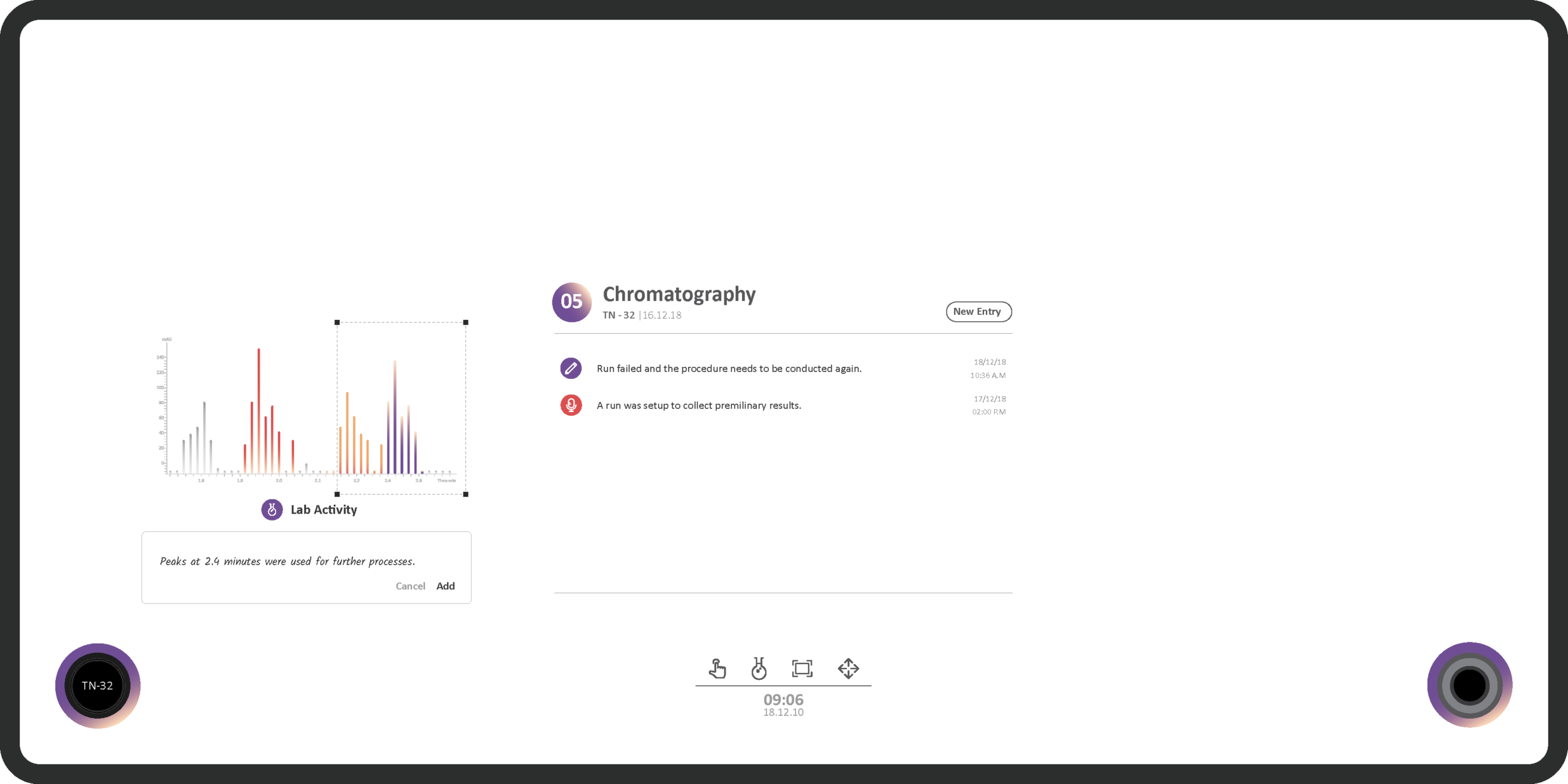
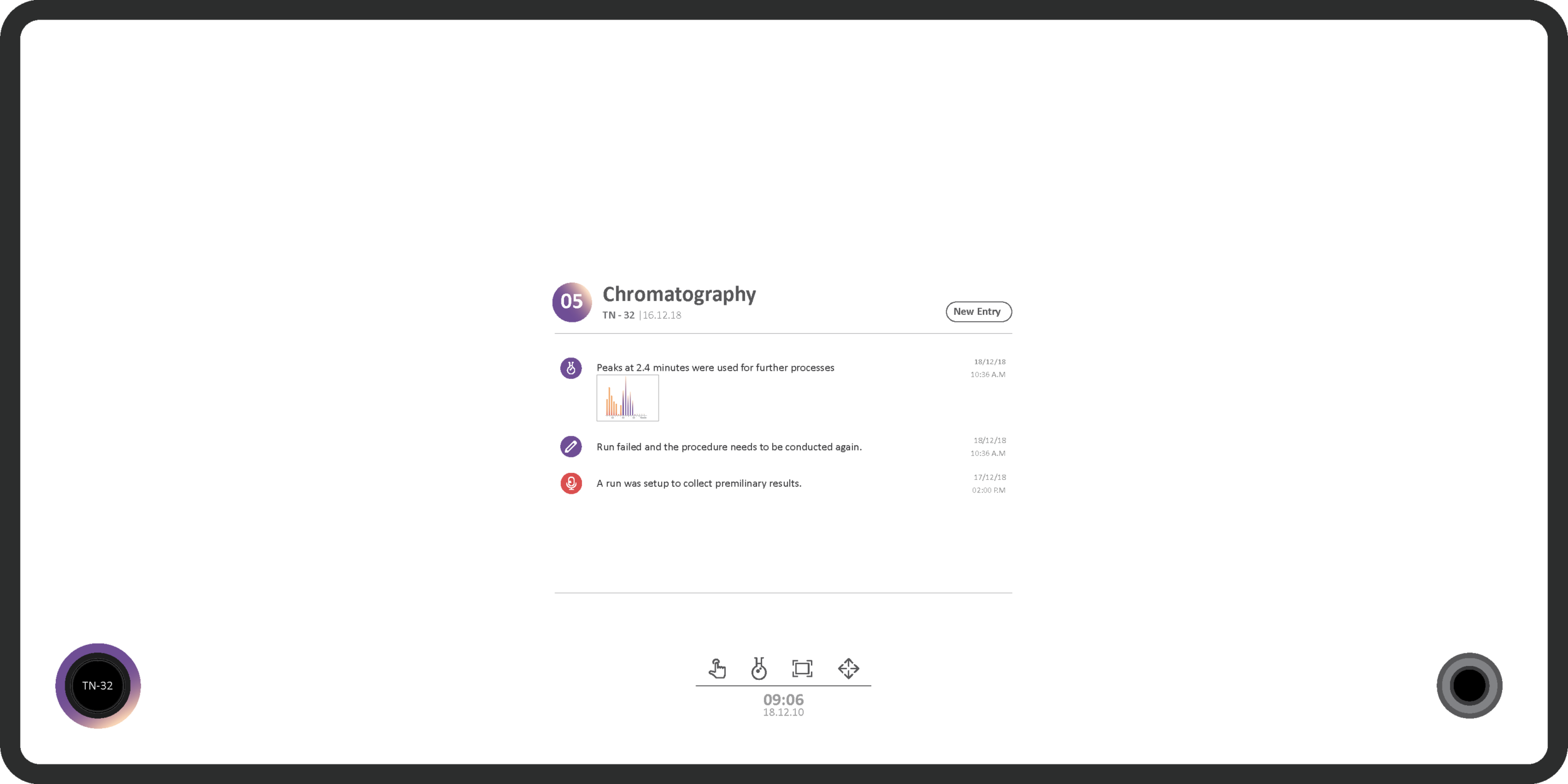
THE KEY TO THE CONNECTED WORKSPACE
Rosetta is a combination of a wearable and the smart workstation. The wearable is used to activate the workstation to access the information captured while on the move. It is used to access various experiments to capture voice notes on the go, keep track of the various processes. It syncs the knowledge collected from the researcher to the workspace.
On plugging in the device the workstation is activated .
The wearable is worn on the wrist. The wearable is used to capture audio noted
WORK BETWEEN PROJECTS AND EXPERIMENTS
MOBILITY IN A CONNECTED LABORATORY
CAPTURING INSIGHTS ON THE GO
TIMING AND PRECISION
THE PROCESS OF ROSETTA
INTRODUCTION TO CHROMATOGRAPHY AND THE ÄKTA PURE
As part of understanding what chromatography is and to know more about the scope of the project we visited the GE Healthcare facilities located at Uppsala city. There we conducted interviews and observations of the lab and a machine operation.
Picture taken by Paolo Camerin during our visit at GE Healthcare Uppsala.
ETHNOGRAPHIC RESEARCH
“How does the system work? VS How people interact with the system?
”
THE CHROMATOGRAPHY PROCESS: A SMALL PART OF A BIGGER GOAL
We interviewed research students from Umeå University to get a better understanding of what chromatography is. We used journey maps, based on experiences from the past to track their experiences and impressions of the process.
We understood that the chromatography process is a small part in a bigger system. We discovered that the the preparation phase and the spectrum of time that this phase requires in comparison to the purification phase is very long.
We used journey maps, based on experiences from the past to track their experiences and impressions of the process. At the same time we made sure to visit the researchers in their environment to analyse how they work in the context of the environment.
INSIGHTS FROM RESEARCHERS USING CHROMATOGRAPHY MACHINES
Taking precise notes of the procedures.
Having a protocol present with them at all times
Labelling everything in use
Moving between many spaces
Interacting with colleagues that have different levels of expertise
Cleaning of the space
Their space is very cluttered
Talking aloud to remember the tasks to do or memorise.
Referring to old experiments or experiments conducted by other researchers
“I would like to talk to a machine in the future, have my personal R2-D2, but now I’m too shy to talk to SIRI?”
“I go back to my desk if I need to record or write down something”
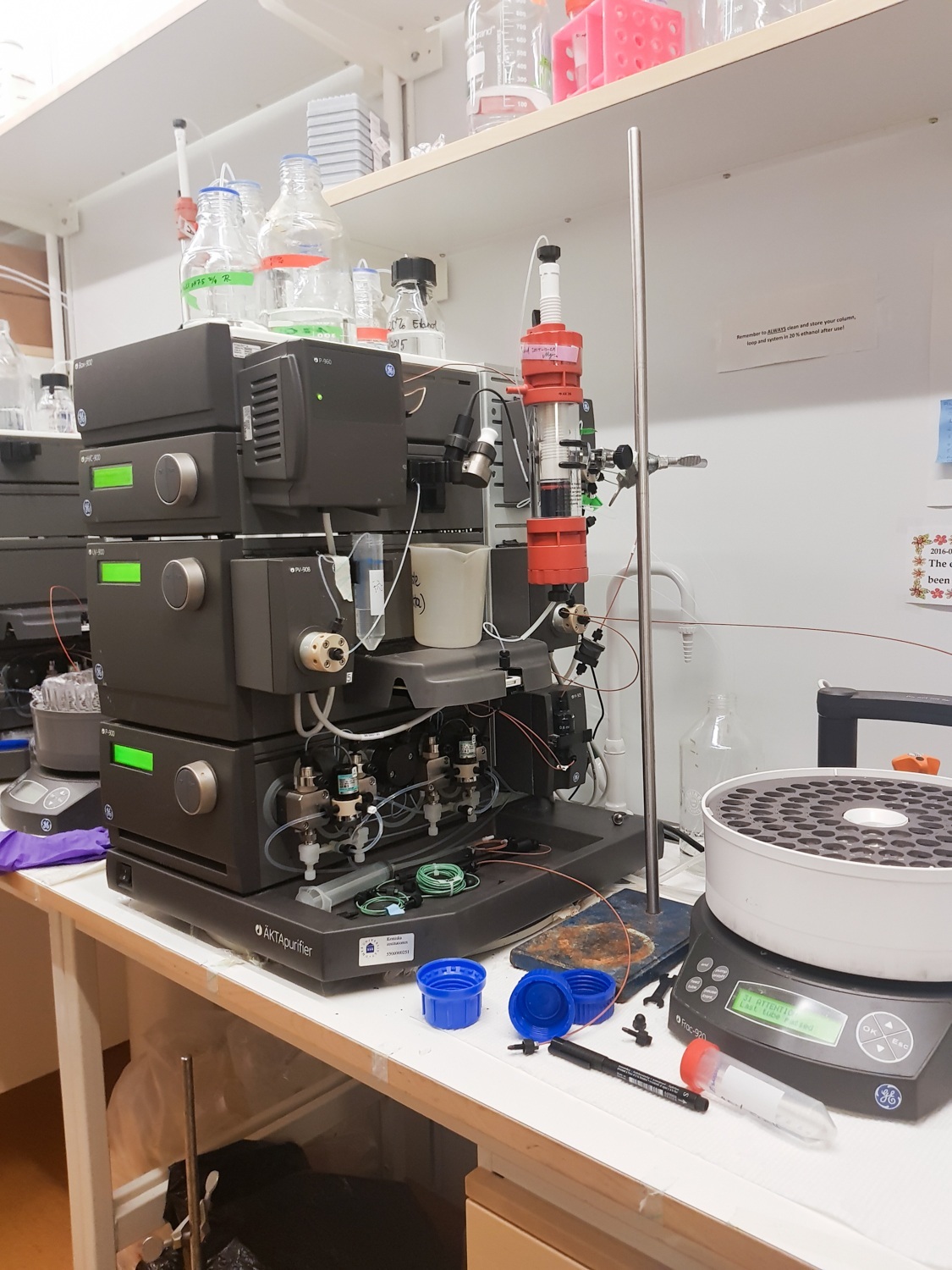
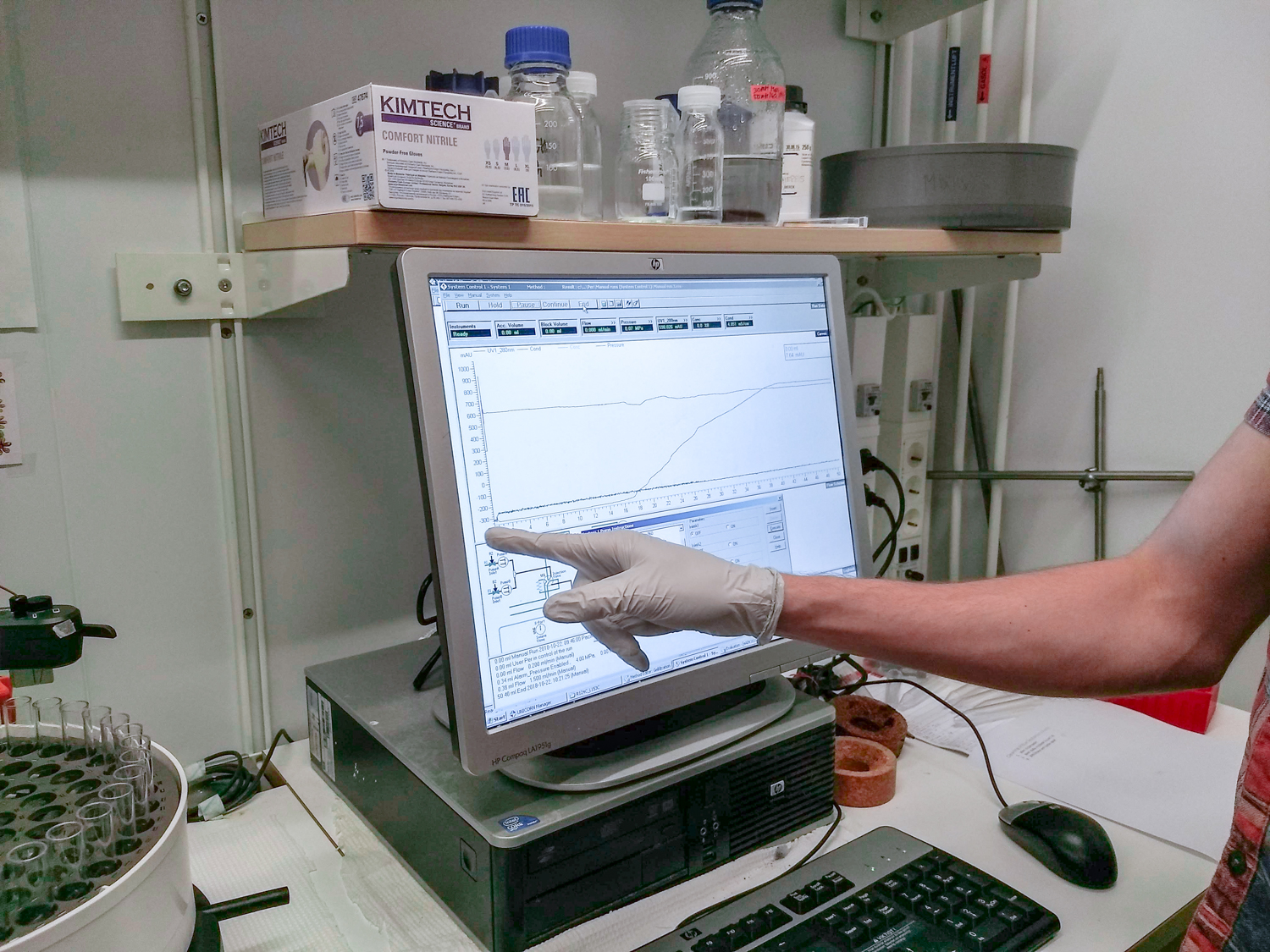
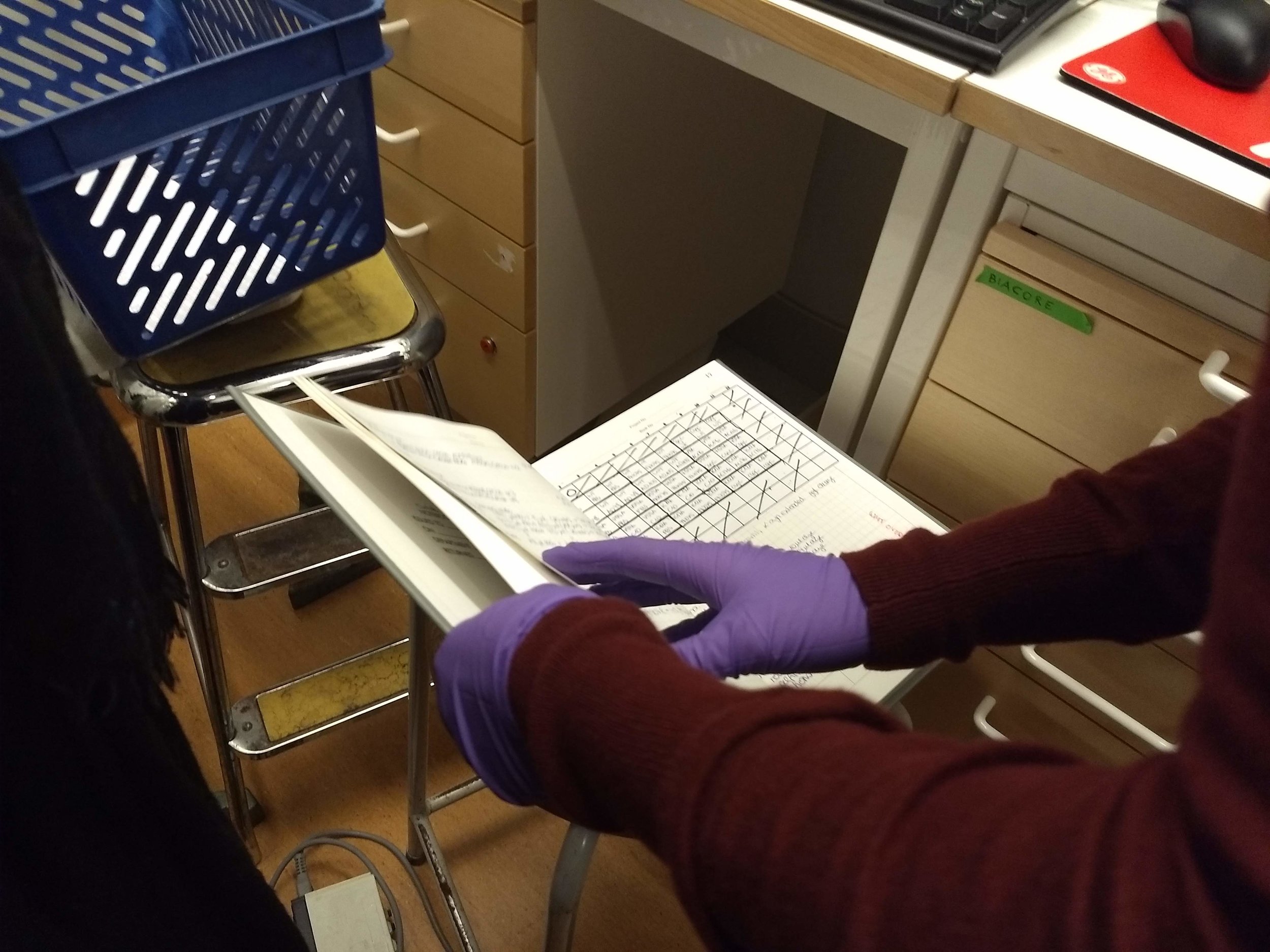
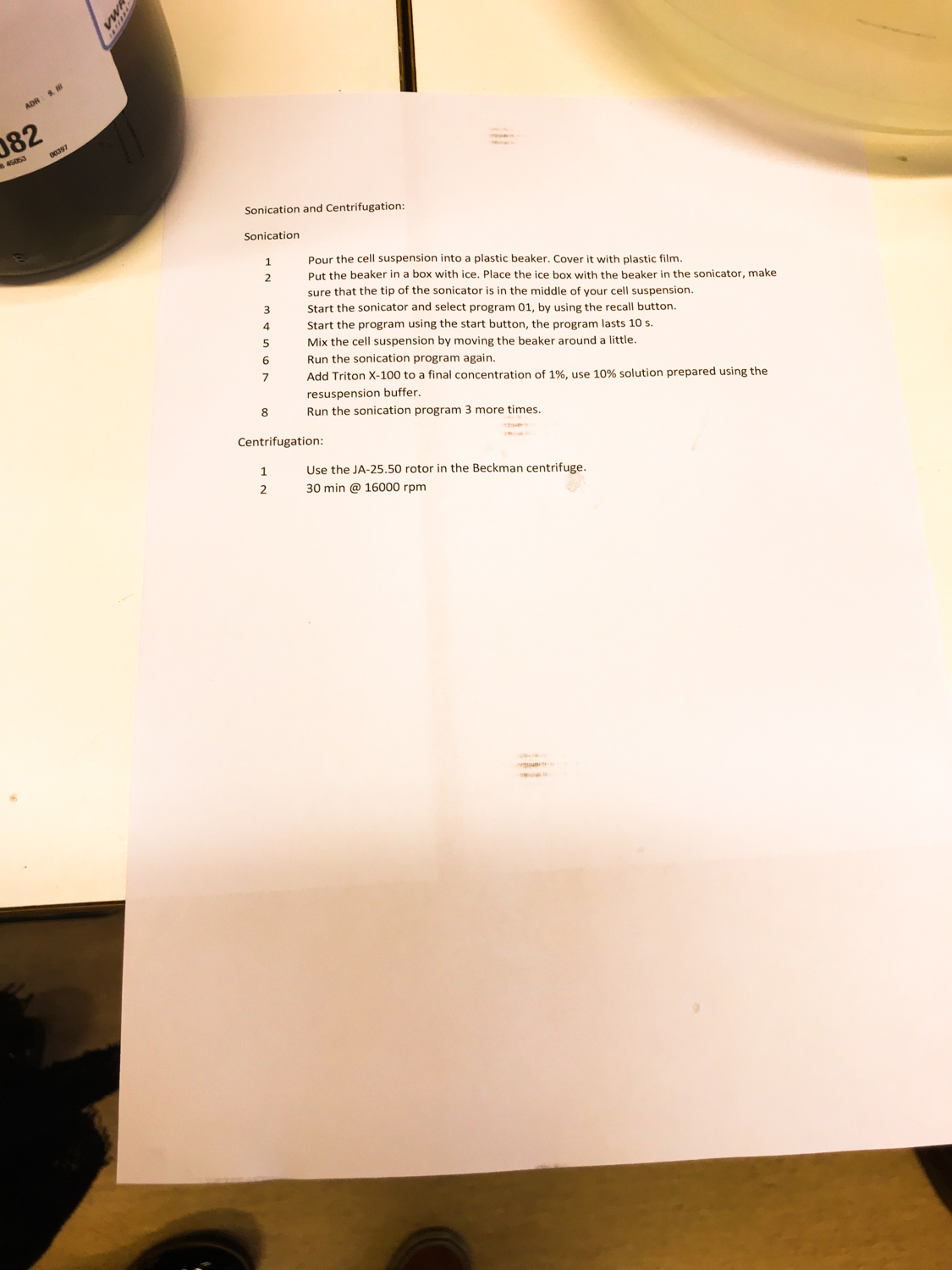
For a researcher the information and insights they gather through their research process is of most value to them. They use these insights in publications and scientific journals which are prestigious their profession.
The value in a researchers work is the knowledge they acquire and share through their published work.
IDEATION
Based on the insights formed during the research phase we saw that the chromatography machine was connected to a much more complex environment and is connected with other processes and machines. Along with this researchers have peculiar habits that are formed in their work environment.
We mainly focused on developing concepts based on data collection and automation. As a group we focused on quick and lo-fi prototypes to be able to take decisions and play out the concepts that we felt confident with.
How can we support human behaviour in a research laboratory to map out and collect their knowledge through their work environment?
CONCEPT THEME: SUPPORTING HUMAN BEHAVIOUR
Rather that forming completely new methods of working and based on the insights that we got through our research we felt that it was important to build concepts on their existing habits. We saw an opportunity to enhance their natural habits in a designed system that would help them achieve their goals.
We conducted a co-creation session with the user. This was useful to understand the mental model of the user during the concept development phase. This also helped us understand the kind of information and steps that are crucial for a researcher.
PROTOYPING AND TESTING
We tested the concept at different stages to validate our assumptions to develop a human centred solution.



